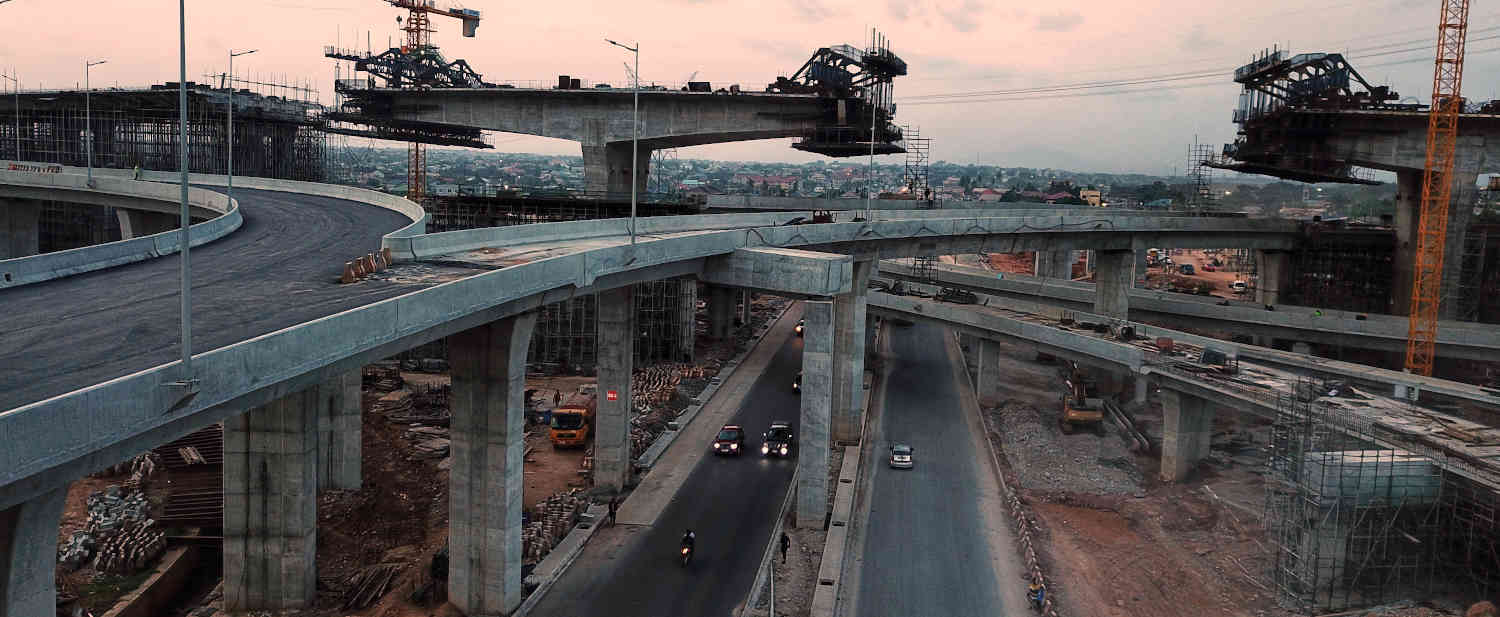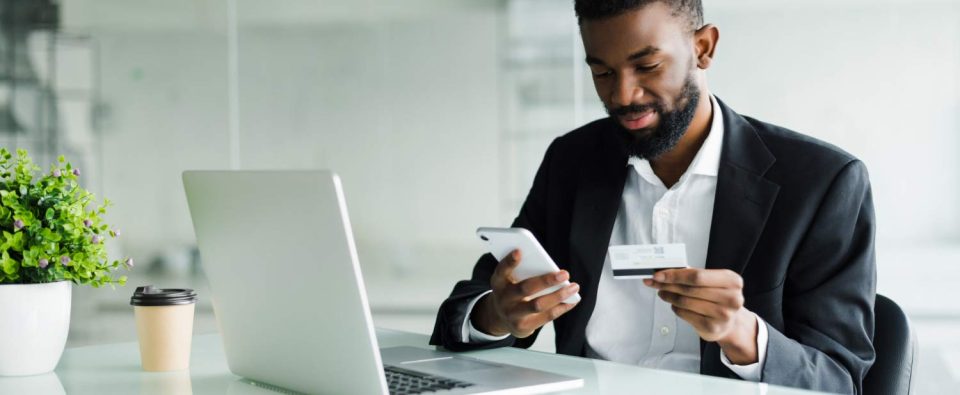
Supporting Public Private Partnerships in Africa
January 4, 2021
Road users in Ghana see life-changing impact
January 8, 2021Kindergarten teacher Fatima Zahera Hagou recalls that just a generation ago, when the sun went down over the Moroccon countryside, her rural village of Dar Laain ground to a halt and locals bedded down for the night.
Nowadays, Dar Laain, about 25km southwest of Marrakech, booms with life after dark, thanks to the expansion of the electricity grid. Residents have benefited from youth clubs, a communal bathhouse and a busy women’s farming collective.
“I cannot imagine life in the village without electricity,” said Hagou. “It brings us hope.”
Given its importance to economic activity, quality of life and service delivery, energy is a cornerstone of the African Development Bank’s development strategy for the continent through its Light Up and Power Africa High-5 priority.
With other development finance institutions, the Bank plays a critical role in financing electricity projects.
Bank operations helped to install 291 MW of new power capacity in 2019, 60% of which was renewable, according to the institution’s Annual Development Effectiveness Review (ADER) 2020, published on November 19. The Bank also installed or improved 435 km of power distribution lines and supplied 468,000 people with new electricity connections.
One of those people is Araya Hizkias, the owner of a water bottling company in South Sudan’s capital Juba. He used to rely on a diesel generator to keep his business going, which gobbled into his profits each month.
In November 2019 the city’s new power grid was partially commissioned under the Bank’s $38 million Juba Power Distribution System Rehabilitation and Expansion Project, which aims to boost security and economic activity in a city still recovering from conflict.
“We don’t experience random damage to our machines anymore and things are working easier. We are making more savings and expanding production,” Hizkias said.
Despite these positive strides, access to electricity on the continent is still low, at 45%. The Covid-19 pandemic may further constrain the pace of expanding electricity access to millions of Africans not connected.
A key element of the Bank’s work to address energy shortages includes expanding investments in renewable energy. The Bank recently approved a new solar project in Sudan and new hydropower projects in Liberia and Madagascar.
In Chad, a Bank loan approved last year kickstarted the first phase of the 32 MW Djermaya solar project. The loan also covered a Partial Risk Guarantee, key to unlocking investment in the Central African country, which has enormous solar potential but currently depends heavily on polluting wood fuels.
The guarantee is an example of the Bank’s efforts to bridge the financing gap and leverage public and private sector investment to meet the continent’s energy demand. The International Energy Agency estimates that achieving reliable electricity supply in Africa would require a quadrupling of investments to around $120 billion annually through 2040.(link is external)
Achieving this will require innovation and partnerships that allow energy sector players to move faster to assure sustainable energy access even in remote or rural parts of Africa.
One solution is to decentralise energy networks. In the Democratic Republic of Congo, the African Development Bank Board last year approved a loan of $20 million to support renewable-based, mini-grid solutions in the off-grid cities of Isiro, Bumba and Genema.
Someday, DRC and many other countries could be like Morocco, where the power grid now reaches most citizens, with some 40,000 new villages hooked up in the last two decades.
“Since I’ve had access to electricity, my business has grown. I can now afford to work on my art and expand my clientele,” said Mohamed Dakni, a 32-year-old welder in the village of Douar Bou Azza near Marrakech.
“I used to make small objects that I sold for a cheap price at the market. Today I can develop my business, my creativity, and make a better living.”





